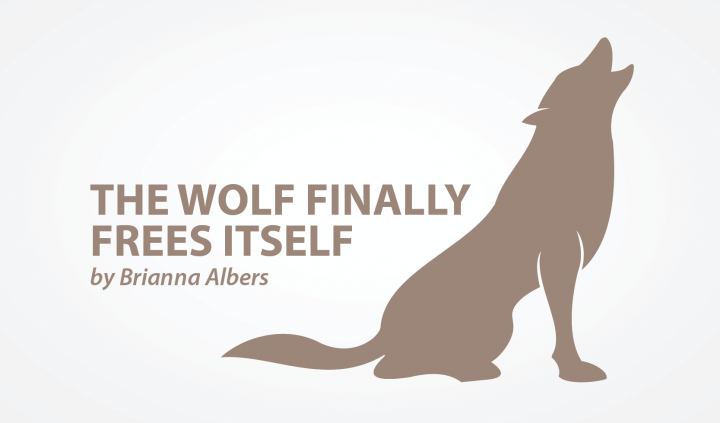How Do We Maintain Post-traumatic Growth?
Written by |

Post-traumatic growth (PTG) occurs in the wake of adversity, initially through grief work — recognizing that our lives have fundamentally changed as a result of trauma — and eventually through self-reflection. Once we mourn the loss, we can cultivate positive psychological change, recognizing personal strengths as well as potential areas of improvement.
I want to finish this series on coronavirus anxiety with a discussion about maintenance strategies. PTG is all well and good, as in an ideal world, we would all experience positive psychological change as a result of trauma. But life is messy and rarely goes according to plan. We can grieve, reflect, and set ourselves up for PTG only to fall off the bandwagon upon realizing that maintaining a positive change is difficult. It is never “one and done.”
You will have bad days
Grief is cyclical. You will never be free of loss. Instead of fighting the trauma response cycle, sit with your frustration, anger, confusion, and sadness. Don’t try to change your emotions or will them away. We often think of emotions as the enemy, but in truth, they are simply part of life. We can honor our emotions without letting them control us. We can trust that if we give our emotions a little bit of attention, they, too, will pass.
Don’t beat yourself up for feeling down. “Bad brain days,” as I like to call them, are common and don’t last forever.
Self-care is a double-edged sword
You don’t need to “take advantage” of quarantine by writing a book or painting the house. But you do need to act responsibly. For example, Animal Crossing: New Horizons is a great way to unwind. But are you spending the majority of your day playing video games? Are you taking a break, or are you numbing yourself to reality? We need to critically examine behavior patterns and recognize when self-care becomes indulgent and blurs to avoidance.
If you struggle with responsible self-care, compile a “self-care list.” Write down everything that makes you feel like a functioning human being, from physical exercise to Netflix nights. My list includes emptying my inbox and reviewing my monthly and quarterly goals. I stagger meditation and socially distanced walks with baking and quality time with friends. Bad days are inevitable, so I return to that list time and again.
Self-care isn’t always fun, but it is intentional and replenishing, and anchors us throughout the trauma response cycle.
Make a list, stick to it, and forgive the inevitable mistakes
If you find yourself with extra time on your hands, experiment with time-blocking or bullet journaling. Write down every single thing on your mental to-do list. Did you brush your teeth today? Great! Cross it off. Water your plants? Read a book for five minutes without checking the news? Listen to a new artist? Check, check, check. It may not seem like much, but having tangible evidence of progress will combat the bad brain vibes.
Cultivate a life vision
Consider setting a goal for this period of quarantine. It doesn’t have to be big or “cultured.” You don’t need to purchase a subscription or replace your entire pantry with sustainable goods — though, if that’s your goal, then by all means! Maybe you’ve been meaning to read the stack of books that’s been sitting on your nightstand for a year. Or maybe you just want to get outside and feel the sun on your face.
Choose something that makes you happy. Something that brings you to life. And then schedule it into your day, even if it’s only for five minutes at a time. This isn’t about productivity or making the most of tragedy. It’s about keeping a promise to yourself. It’s a way to recognize your current limitations — please don’t go to a public beach because you want to learn to surf! — while still pursuing forward momentum.
If goals inspire you, take things a step further. Dig deep through the use of workbooks and journaling prompts. Let the coronavirus sharpen your priorities and realign your vision.
Your life isn’t on pause. It just looks different. Ultimately, this is your life — and it’s all you’ve got.
I hope my series on coronavirus anxiety has helped you navigate this time of uncertainty. Follow me on Instagram @briehalbers or subscribe to my newsletter for more mental health content.
***
Note: SMA News Today is strictly a news and information website about the disease. It does not provide medical advice, diagnosis, or treatment. This content is not intended to be a substitute for professional medical advice, diagnosis, or treatment. Always seek the advice of your physician or other qualified health provider with any questions you may have regarding a medical condition. Never disregard professional medical advice or delay in seeking it because of something you have read on this website. The opinions expressed in this column are not those of SMA News Today, or its parent company, Bionews Services, and are intended to spark discussion about issues pertaining to spinal muscular atrophy.







Leave a comment
Fill in the required fields to post. Your email address will not be published.